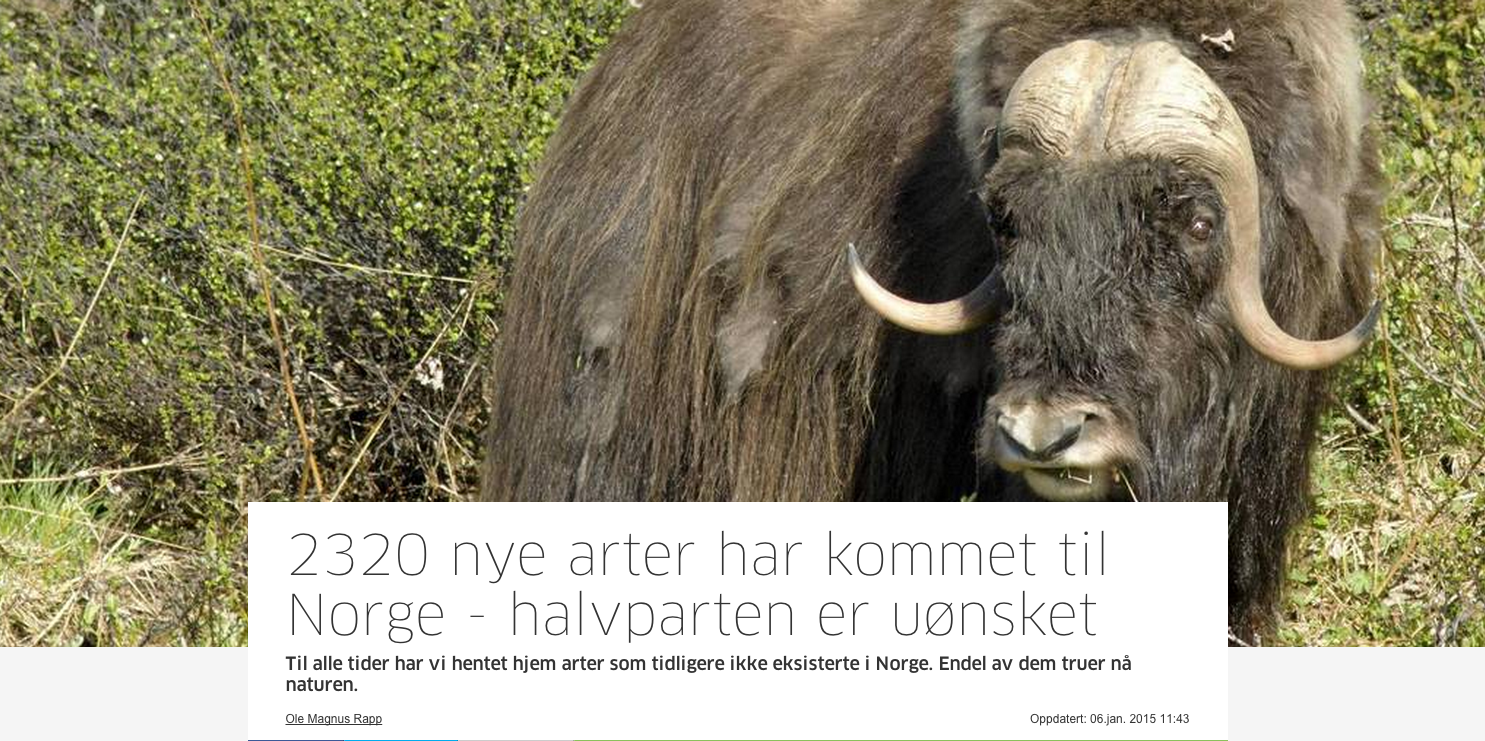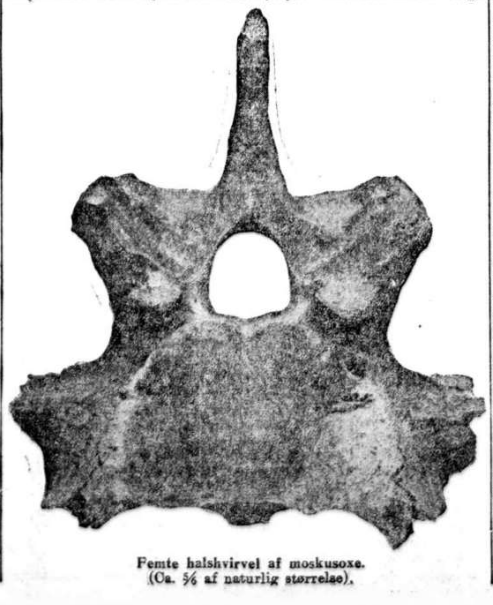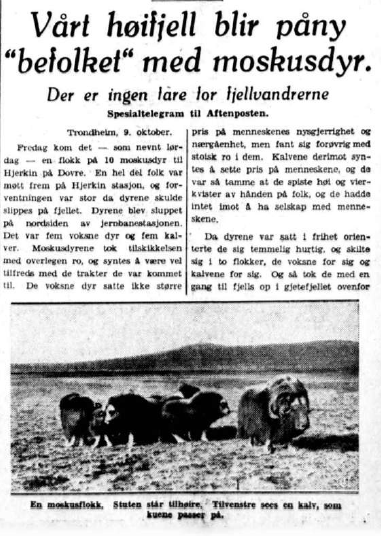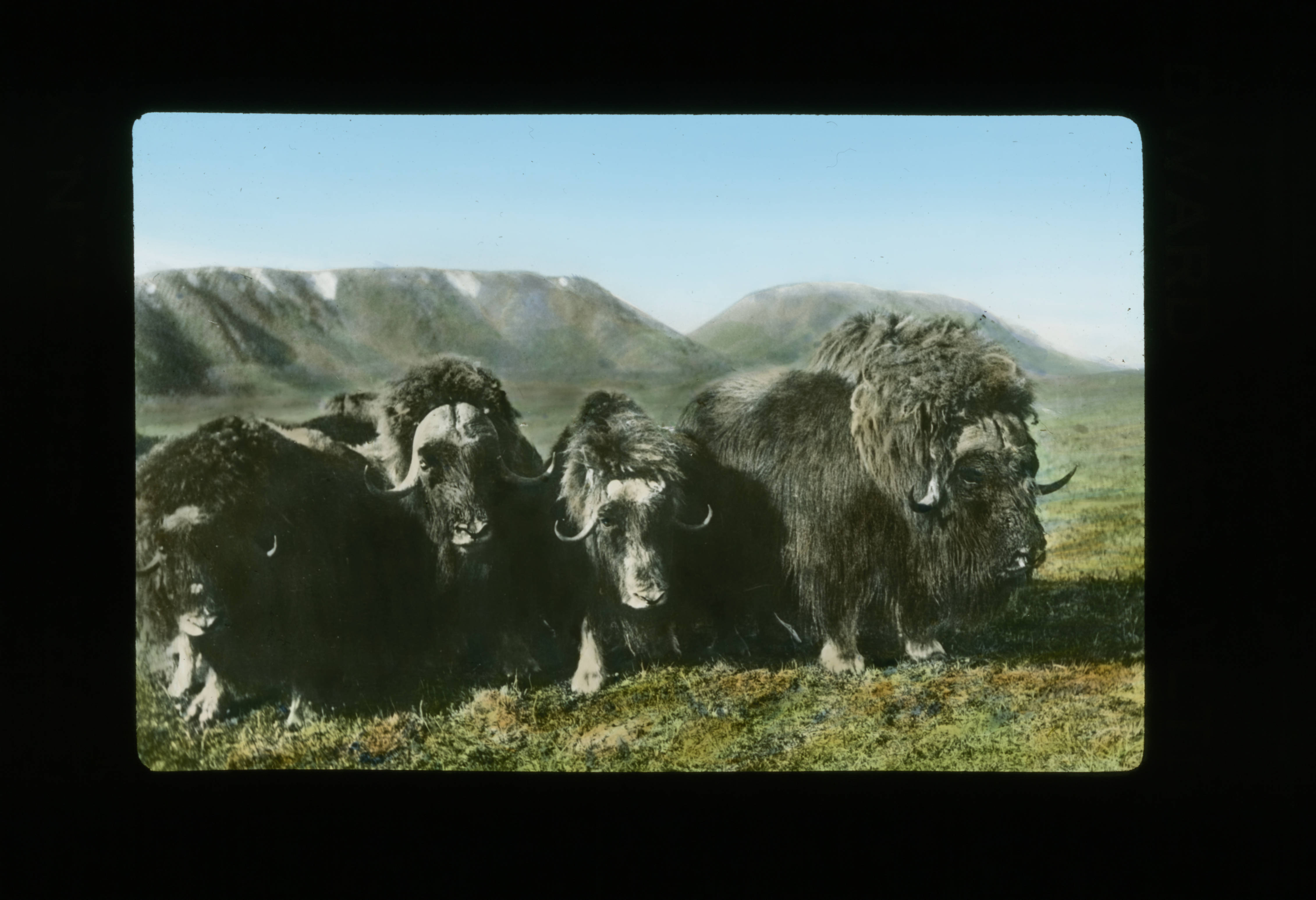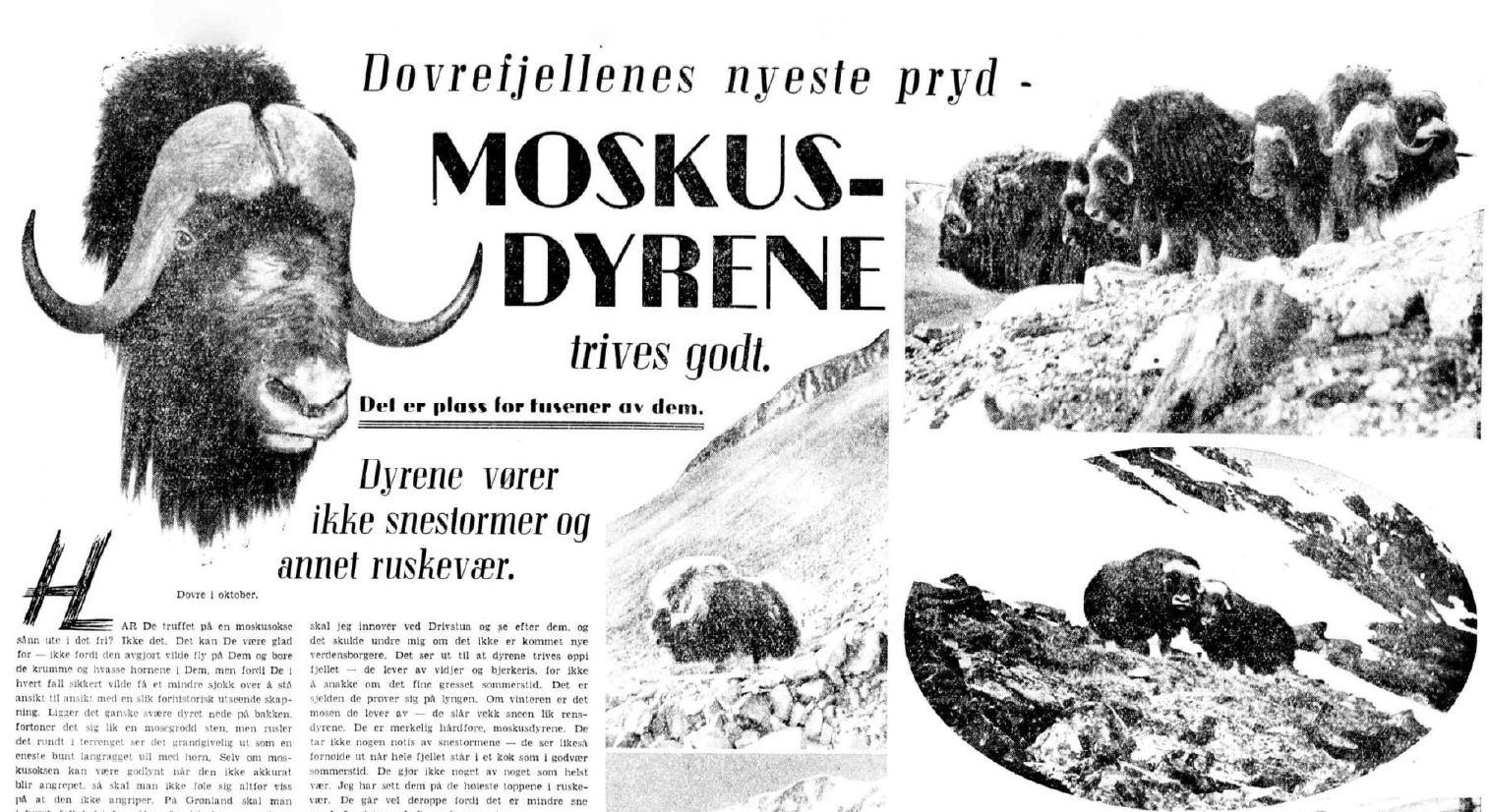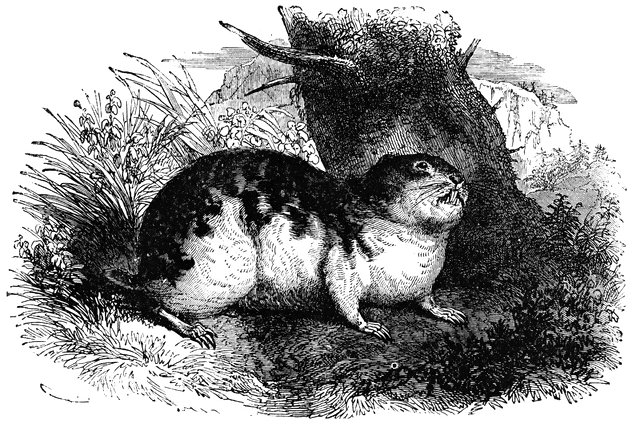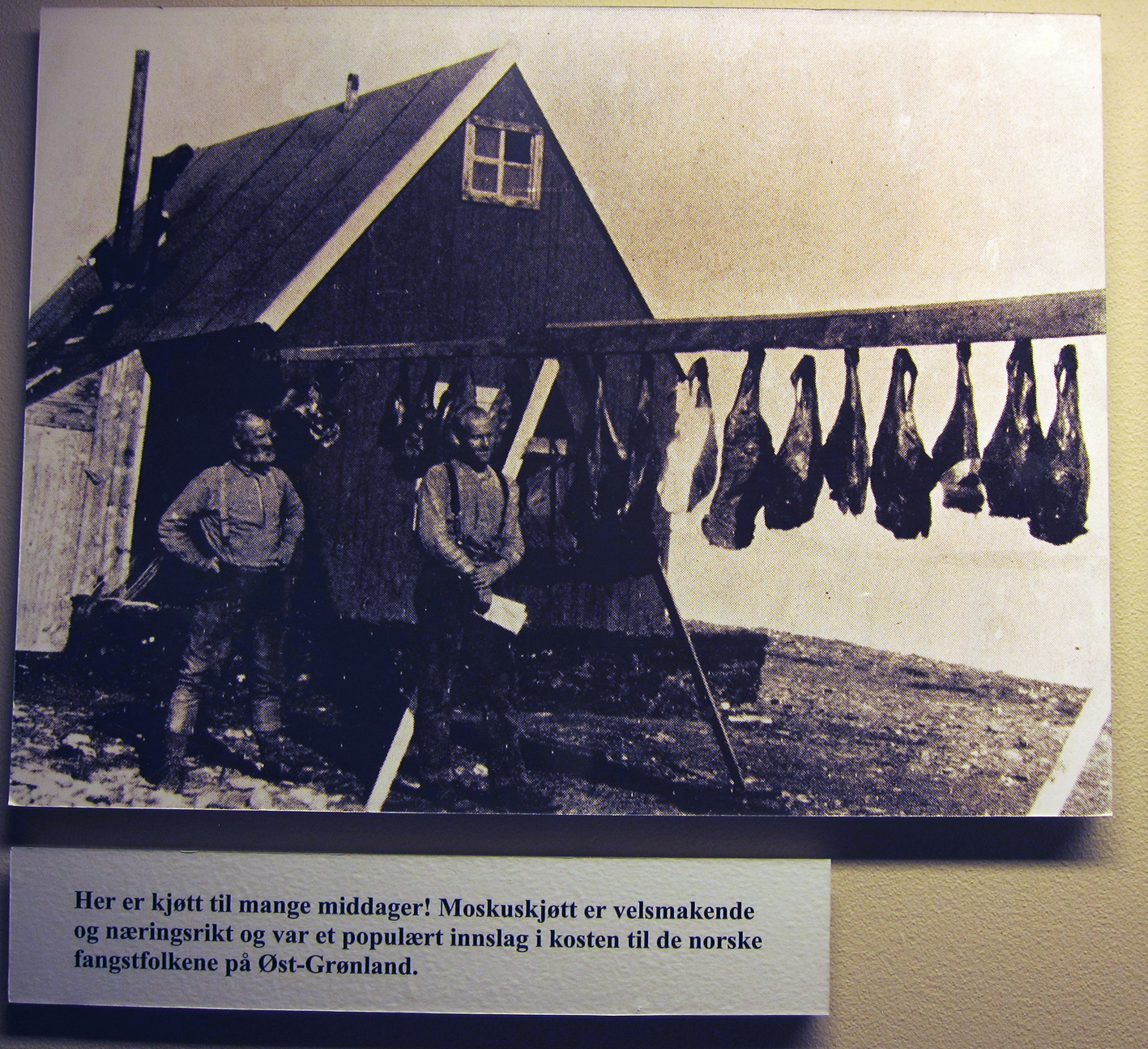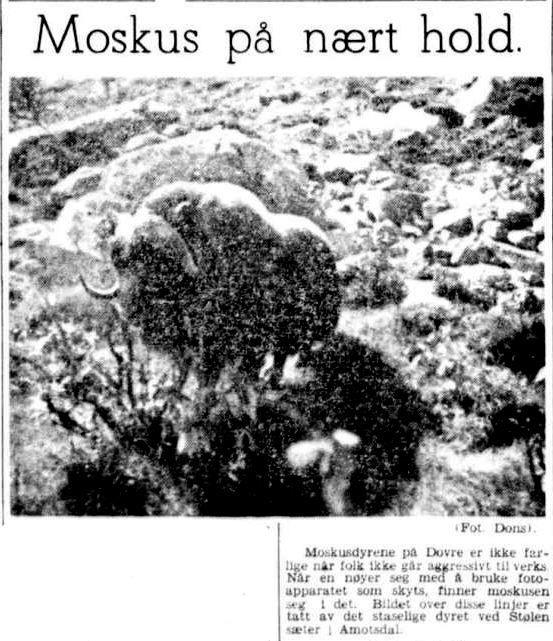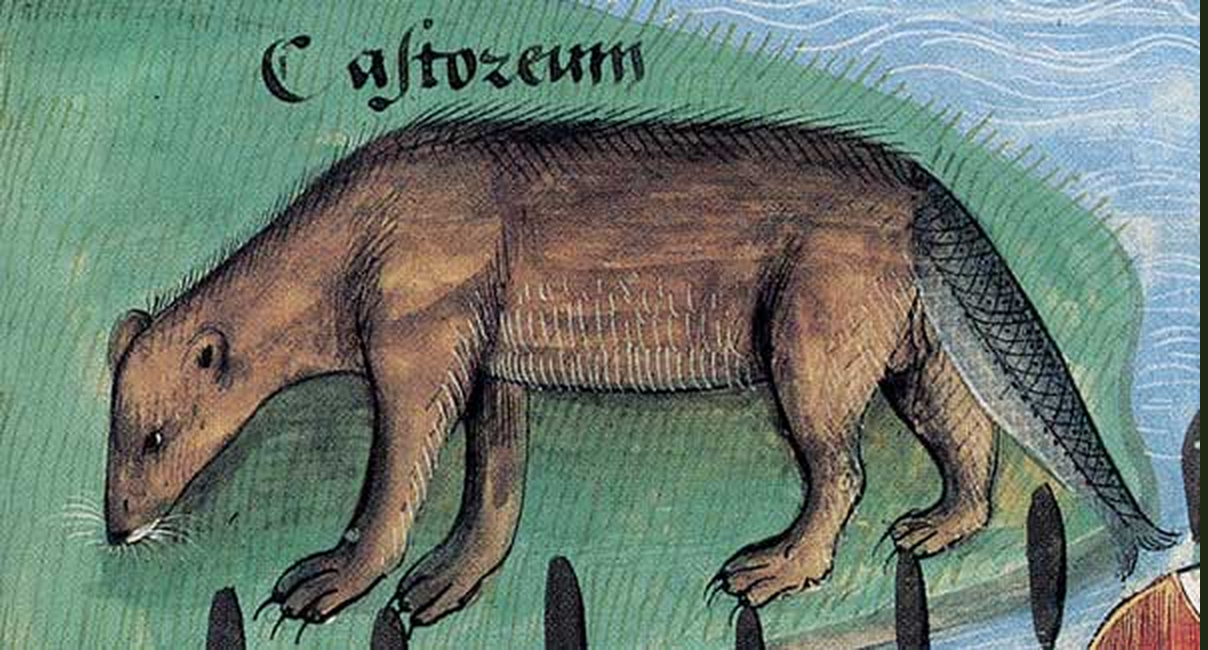Svalbard
-
Animals and authority in the Arctic
I have a new article out co-authored with Peder Roberts (KTH Royal Institute of Technology) on the many attempts and plans by Norwegians to move animals to and from the Arctic during the Interwar period. We teamed up together on this because while I had looked into the muskoxen relocated from East Greenland to Svalbard and the plans to introduce lemmings and rabbits as fox food on Svalbard, Peder had done work on penguin, seal, and reindeer relocations involving the Antarctic. The sheer number of these attempts was mind boggling.
-
The Fruitful Arctic
In 1922, the Arctic explorer and ethnographer Vilhjalmur Stefansson published his book The Northward Course of Empire in which he argued that the North had been greatly misunderstood and could become a seat of great civilisation. After all, he argued, civilization had been moving further and further north into the colder regions over human history. The North, rather than being a barren wasteland devoid of vegetation, was a green space. The trick, Stefansson argued, was to turn the vegetation to productive use: The realization kept gradually growing on me that one of the chief problems of the world, and particularly one of the chief problems of Canada and Siberia, is to begin to make…
-
To be or not to be a lemming
Engineering nature has been a long-term preoccupation of humans. In my research, this is most obvious in the case of muskoxen, which were imported to the Arctic archipelago of Svalbard in 1929 primarily as a future meat source (although politics certainly factored in). As in many 19th century acclimatisation projects that had gone before in North America and Australia, establishing muskox on Svalbard was believed to be the way to make the barren landscape productive. Many people adopted positive outlooks toward nature-improvement schemes, like proverbial lemmings following each other off a cliff (which, by the way, lemmings don’t actually do). Adolf Hoel, the founder of the Norwegian Polar Institute, and other…
-
The great Greenland hunt
All of the muskox calves that eventually came to Norway and Sweden as reintroduction objects originated in East Greenland. So it is there that the return of the Nordic muskox begins. East Greenland first became a Norwegian whaling location then seal hunting grounds in the late 19th century. During the winters on Greenland, hunters and their dogs required food – and the muskox became their favorite prey. According to a hunter’s account quoted in Elisabeth Hone’s The Present Status of the Muskox in Arctic North America and Greenland (1934), sled dogs needed 2 pounds of muskox meet every day, which for a team of 8-12 dogs, meant consuming 20 pounds…
-
Misplaced muskox
Because the archive didn’t open until noon today, I stopped by the Frösö zoo, a local privately-owned zoo which opened in 1960. The zoo has a “Nature room”, which the owners label as the only biological museum in northern Sweden. So I wanted to pop in and see if they happened to have beavers or muskox in their display, since I knew that they did not have live specimens of either one in the zoo. I had expected to see the beavers. They are a common component of museums in Sweden as far as I can tell. At Frösö, the group of beavers inhabiting the “Middle Northland” (basically meaning ‘local’)…

